The journey began in Ulm, Germany, with the participation in an international conference dedicated to analytical spectroscopy. It then moved on to Brno, Czechia, for a visit to the Central European Institute of Technology to join an international symposium on advanced measurement, analysis, and control for energy and the environment. Along the way, there was also a stop in Delft, the Netherlands, for the Annual Meeting of the European Optical Society. Let’s discover how far INESC TEC’s researchers went – powered by light.
It’s called CSI, but it took place neither in Las Vegas nor New York. This year, the 44th edition of the Colloquium Spectroscopicum Internationale (CSI) landed in Ulm for a week devoted to spectroscopy. The German city hosted one of the most renowned international conferences in analytical spectroscopy, featuring INESC TEC’s participation. From this edition onwards, Diana Guimarães, a researcher at the Institute, served as Portugal’s delegate alongside Sofia Pessanha from the NOVA School of Science and Technology (FCT-UNL).
“I was appointed as Portugal’s delegate for this conference, together with researcher Sofia Pessanha. It’s a highly relevant event in the field. Dedicated to both fundamental research and applied developments, CSI offers a global forum for scientists from all areas of spectroscopy. We aim to make it as dynamic as possible, so it continues to evolve and reflect new trends in this domain,” said Diana Guimarães, who also took part as an invited speaker in a panel on imaging techniques.
“My presentation, Spectral Imaging Applications for Industrial Settings: On-Site, At-Line, and In-Sight, focused on the use of advanced spectral imaging methods such as LIBS, Raman, and hyperspectral imaging to support real-time decision-making in industrial environments,” explained the INESC TEC researcher.
In Czechia: three presentations and an award-winning poster
From Ulm, Diana Guimarães (together with researchers Diana Capela, Pedro Jorge, and Rafael Cavaco) travelled to Brno, Czechia. The group took part in the fifth edition of the AMACEE – International Symposium on Advanced Measurement, Analysis, and Control for Energy and Environment, a symposium dedicated to spectroscopy.
At this event, INESC TEC was represented in the scientific programme with three presentations – one of them invited – and a scientific poster, which received the Best Poster Award.
The researchers presented their work on the use of Augmented Reality (AR) for spectral image analysis in geological samples, specifically an AR framework that integrates spectral imaging data from LIBS (Laser-Induced Breakdown Spectroscopy) and Raman with interactive 3D visualisation.
They also showcased a LIBS system for real-time detection of contaminants in recycled wood and a set of industrial tools for real-time characterisation and sorting in glass and wood recycling, as well as new approaches for cork quality control and advanced detection for mining – in addition to solutions for biomedical diagnostics and environmental monitoring.
The award-winning poster introduced a new approach to reducing the impact of LIBS use in analysing historical tiles. The method combines spectral and RGB data clustering to identify areas with similar visual and chemical properties. By comparing these areas, it reduces the number of measurements required, thus preserving the integrity of cultural heritage pieces while still providing valuable analytical information.
A journey through rare-earth elements and a stop in the Netherlands
While in Brno, the team also visited CEITEC – the Central European Institute of Technology. The visit was part of the EXCITE² network, a European infrastructure for advanced material analysis. According to the researchers, “EXCITE² provides sustainable access to state-of-the-art facilities and supports research in fields ranging from climate change and renewable energies to nanotechnology, ocean health, polar regions, and the study of environmental impacts on human health.”
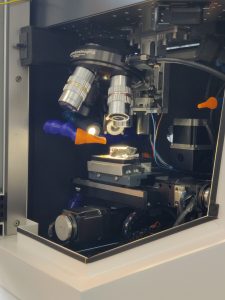 At CEITEC, the group analysed mineralogical samples containing lithium and other rare earth elements, within the framework of two projects – RoMi, focused on creating multimodal datasets for lithium-bearing minerals, and LIBS4REM, which studies the reproducibility of LIBS in the analysis of rare-earth elements.
At CEITEC, the group analysed mineralogical samples containing lithium and other rare earth elements, within the framework of two projects – RoMi, focused on creating multimodal datasets for lithium-bearing minerals, and LIBS4REM, which studies the reproducibility of LIBS in the analysis of rare-earth elements.
The European journey concluded in Delft, the Netherlands, with the participation in the 13th Annual Meeting of the European Optical Society (EOSAM 2025), where INESC TEC presented work in the areas of sensing and archaeological heritage.
Researcher Luís Coelho participated as an invited speaker with the presentation Enhancing Optical Sensing with Nanocoatings for Advanced Chemical and Biological Detection, highlighting advances in the use of nanocoatings for high-sensitivity chemical and biological sensing.
INESC TEC’s participation also included three posters presented by researcher Orlando Frazão, focused on distributed sensing and fibre optic sensors, and a poster by Diana Guimarães showcasing work on archaeological heritage using X-ray fluorescence.
It is worth mentioning that EOSAM is one of the largest international scientific conferences in optics and photonics, bringing together researchers and experts from around the world – and, in 2022, it took place in Portugal, thanks to INESC TEC organisation.
The researchers mentioned in this news piece are associated with INESC TEC and the Faculty of Sciences of the University of Porto (FCUP)


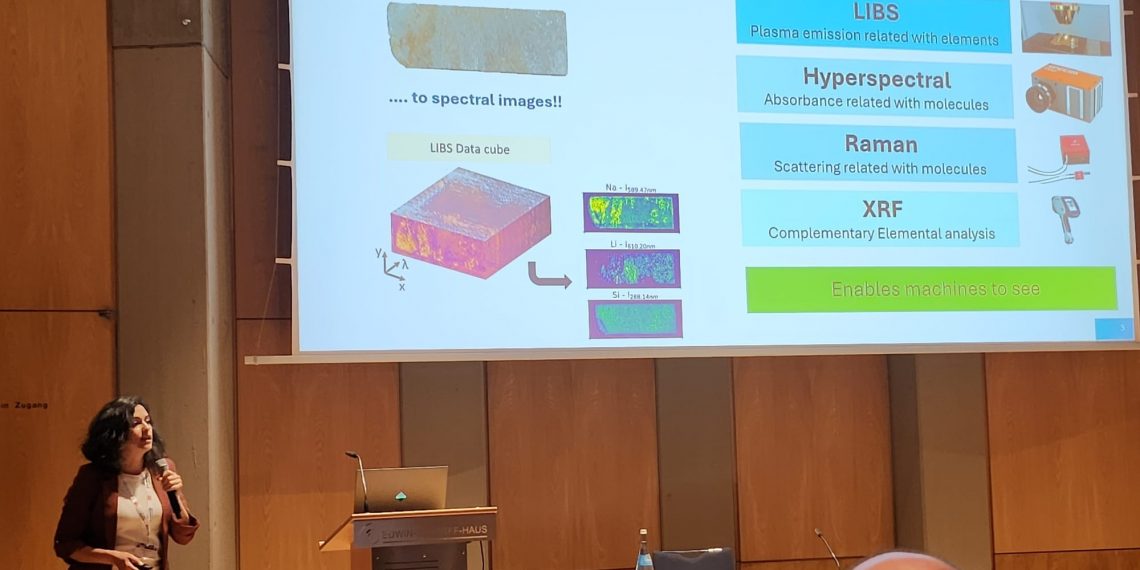
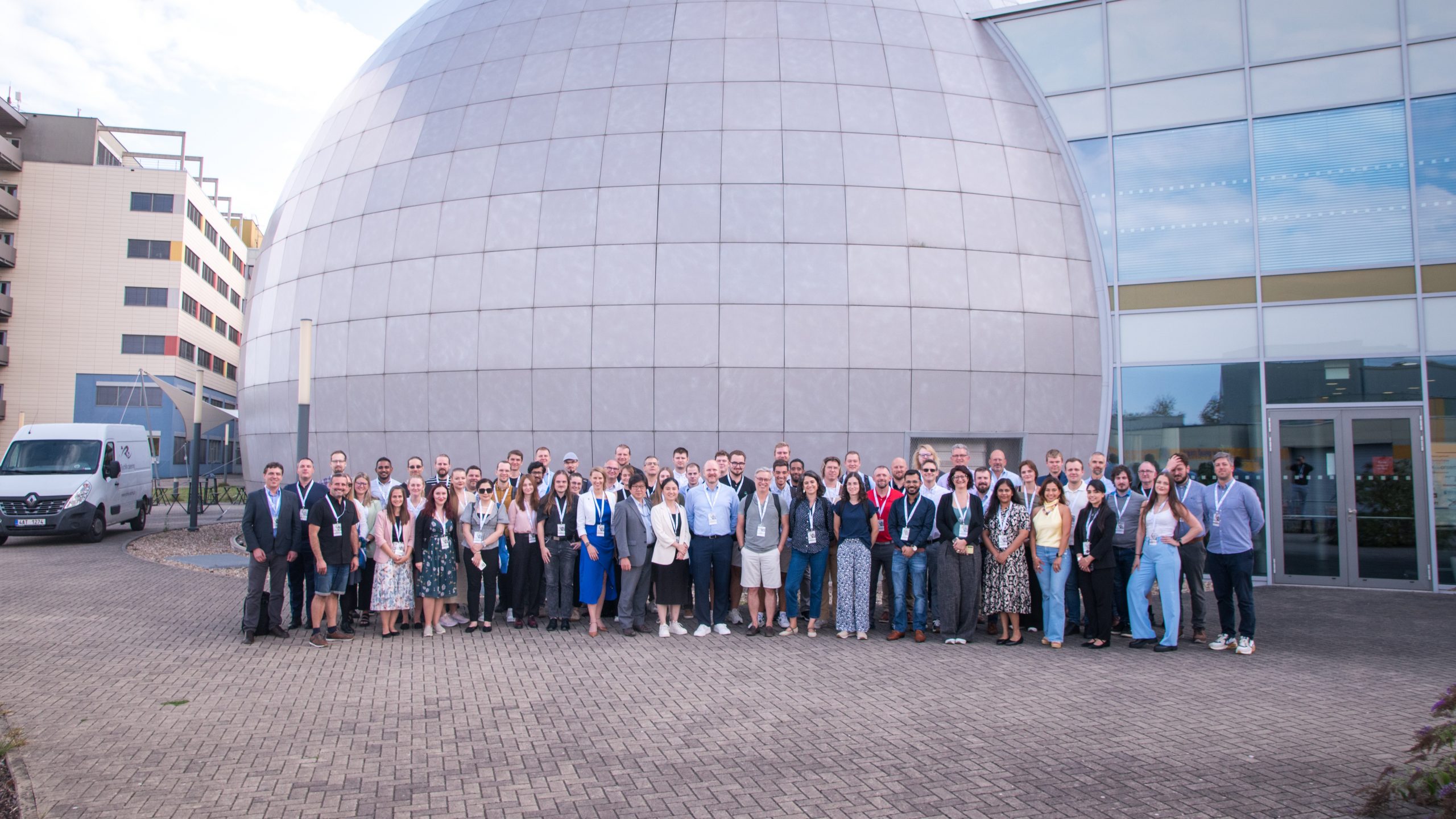
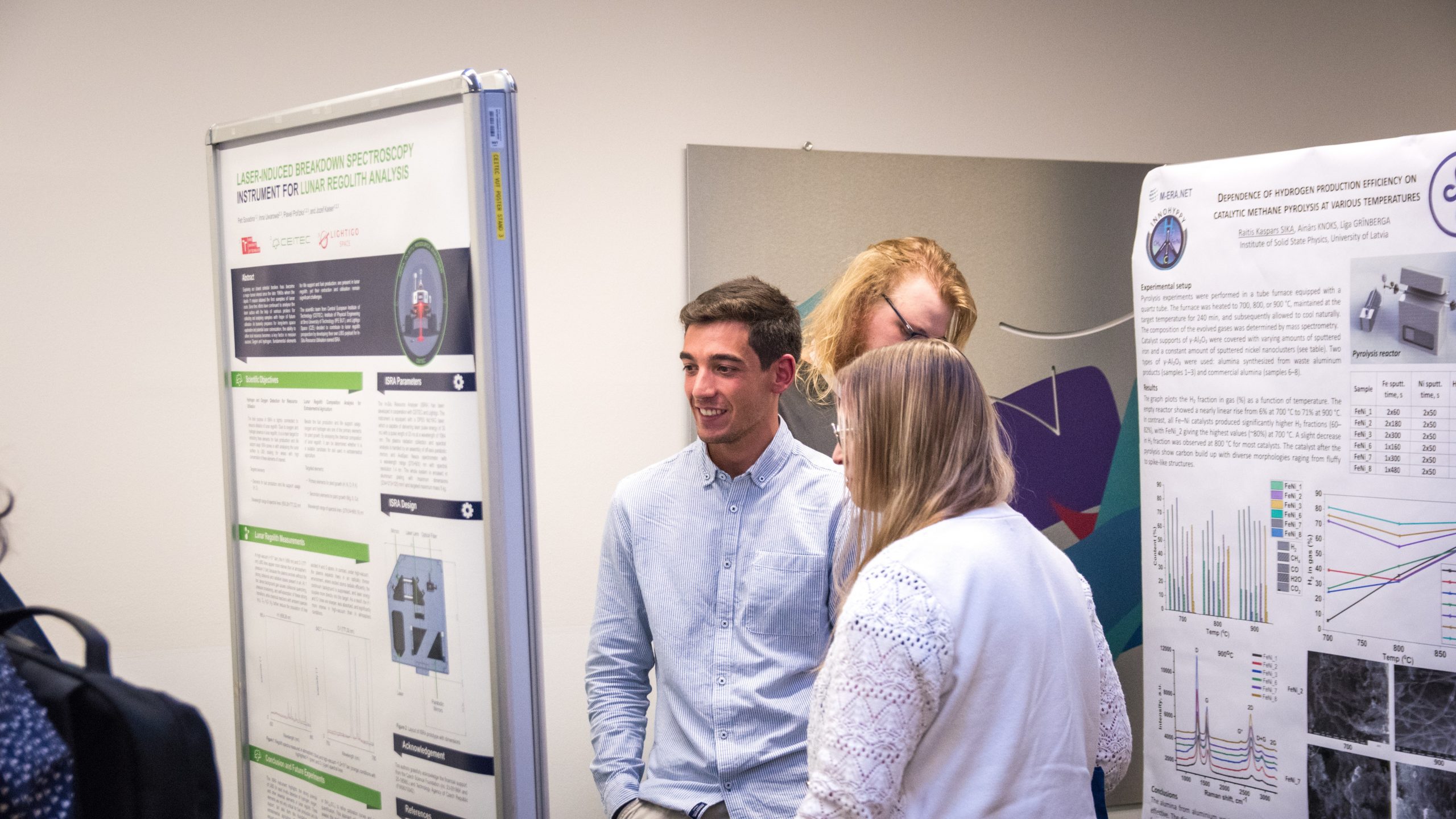
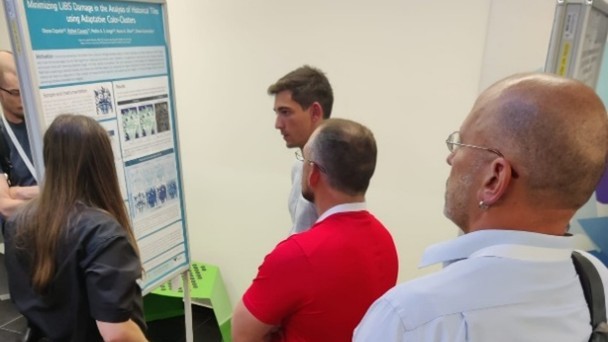
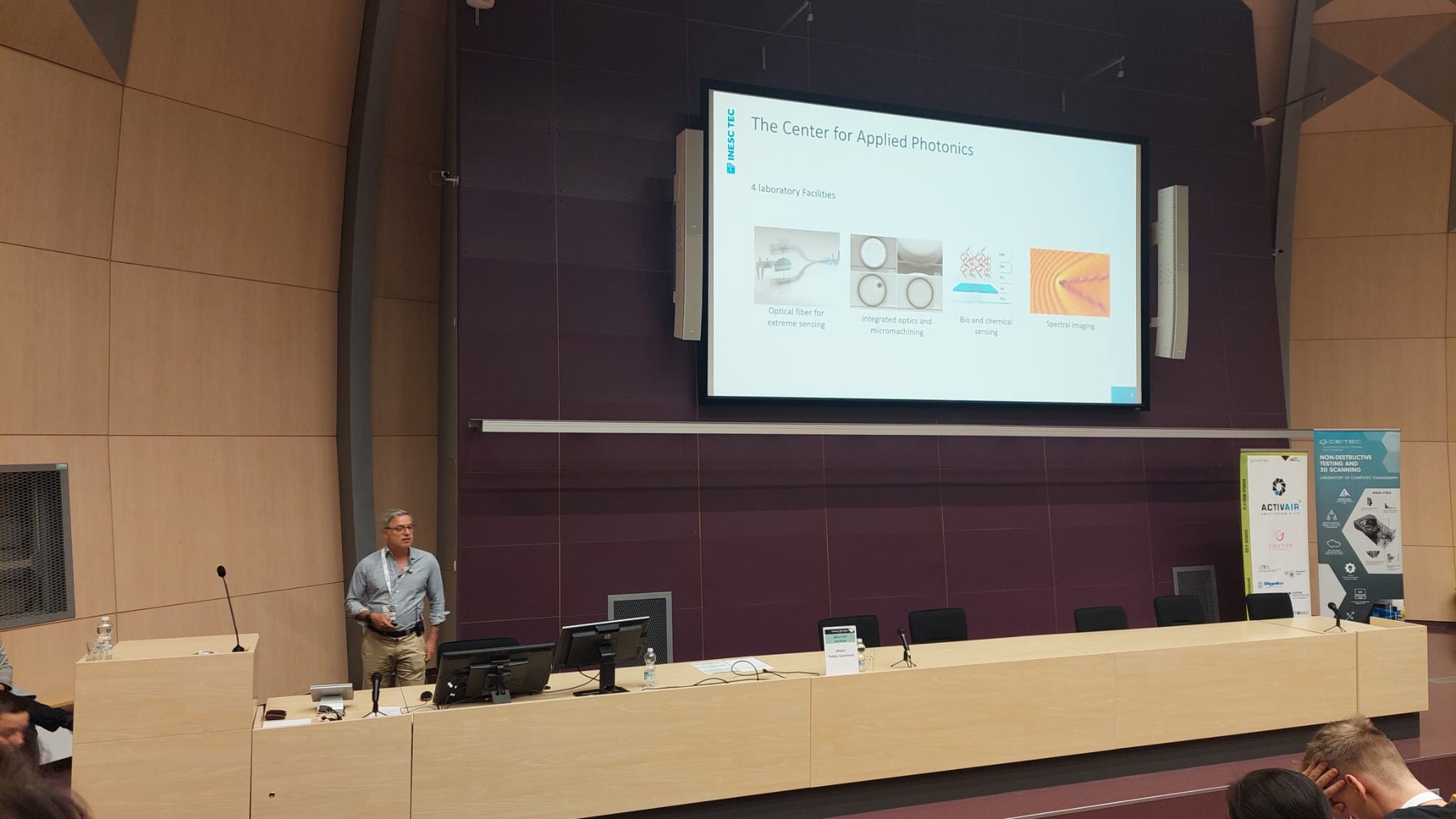
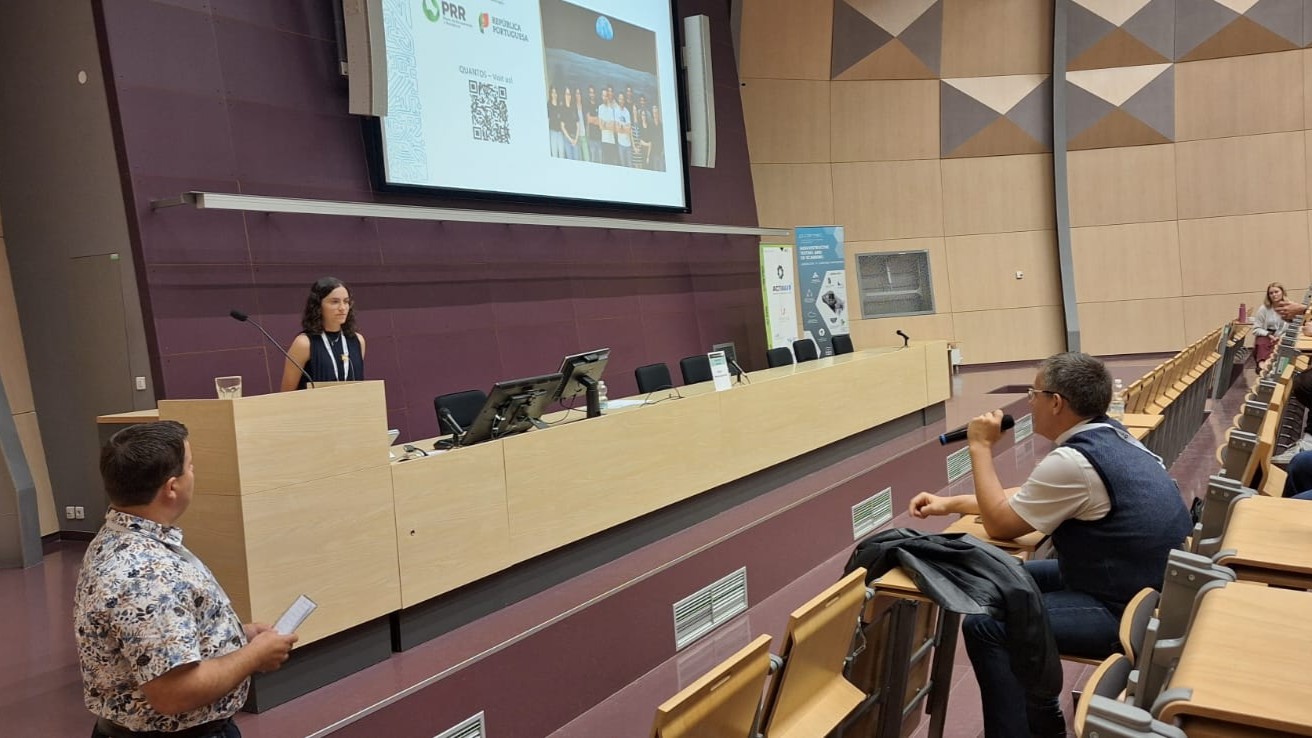
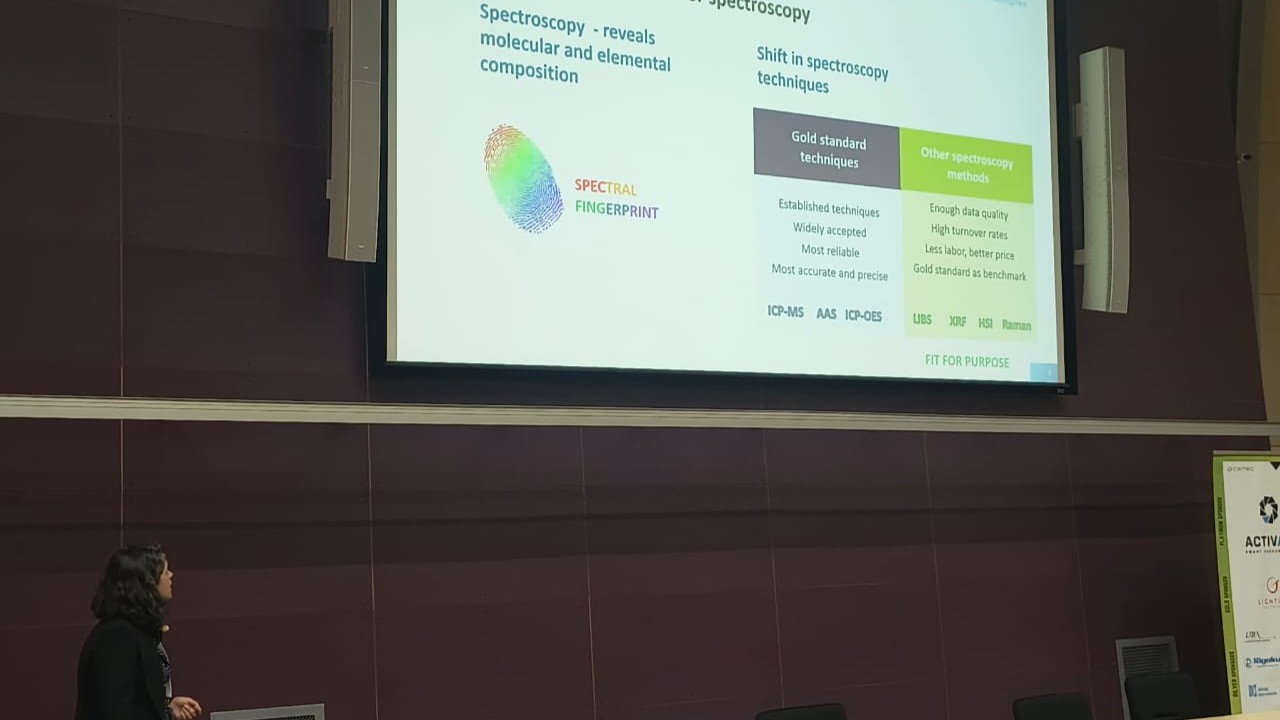
 News, current topics, curiosities and so much more about INESC TEC and its community!
News, current topics, curiosities and so much more about INESC TEC and its community!